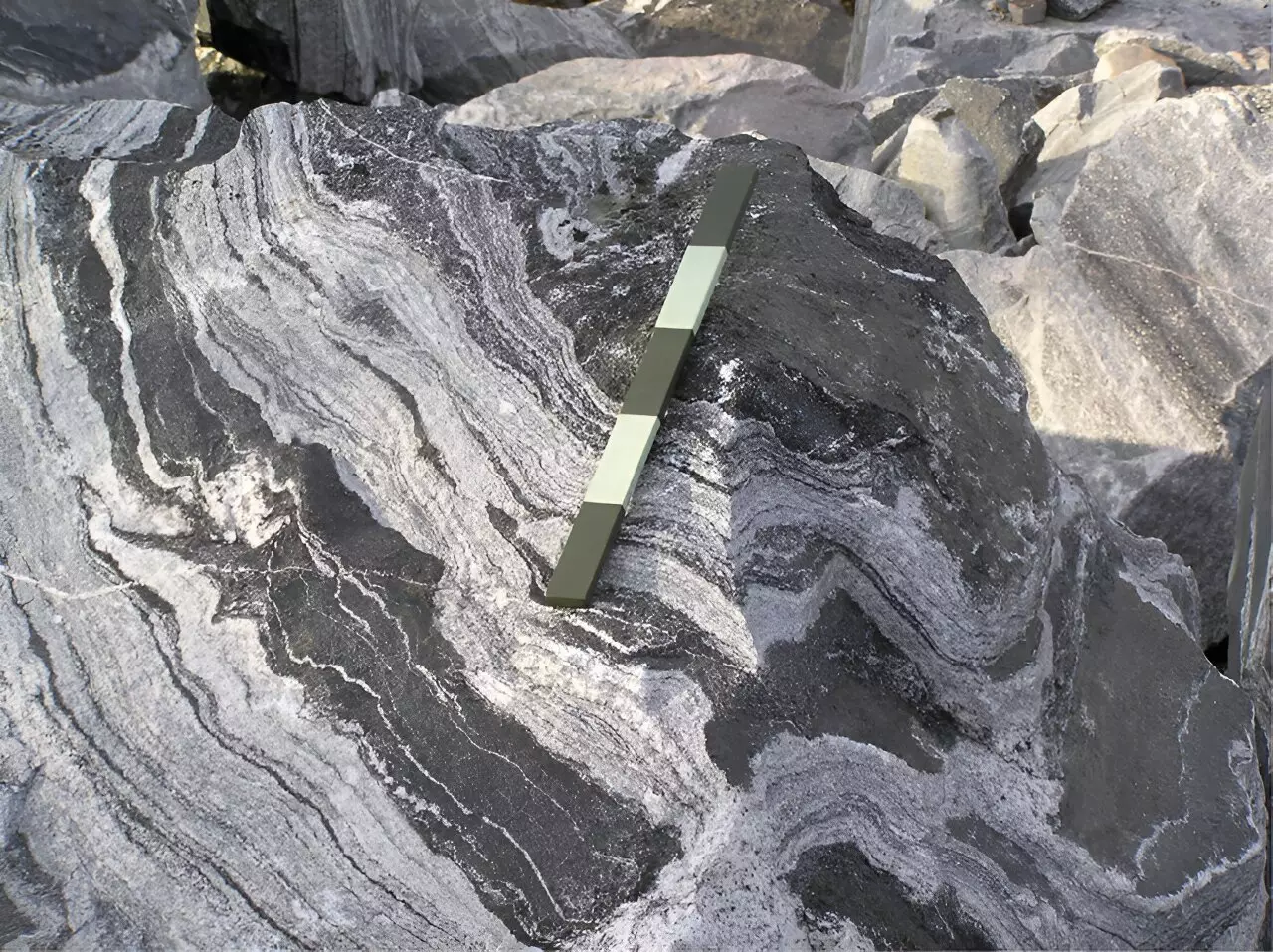Geoscientists have recently made a groundbreaking discovery that challenges the conventional explanation for how continents formed. According to a study published in Nature Communications, these researchers propose a new origin story that does not involve plate tectonics or any external factors. Instead, they argue that the continents developed solely through internal geological forces within oceanic plateaus during the early stages of Earth’s history.
Understanding how the continents formed during the Archean Eon, which spanned from 4 billion to 2.5 billion years ago, has long been a puzzle for geologists. One major obstacle has been identifying the building blocks of Earth’s early crust. During this period, a significant portion of the new crust consisted of a unique assemblage of three types of granitoid rocks known as tonalite, trondhjemite, and granodiorite (TTG). However, deciphering the processes that led to the formation of these rocks has proven challenging due to the multitude of geological changes that took place over millions of years.
Previous research efforts focused on analyzing the trace element composition of these rocks in the hope of unraveling their origins. However, the team led by Dr. Matthijs Smit, a Canada Research Chair at the University of British Columbia, took a different approach. They tracked a specific set of trace elements that remained unaffected by alteration and preserved the signatures of the original magma from which the TTG crust formed.
As Dr. Smit explains, “These elements allowed us to trace the chemical changes that TTG magmas underwent, ultimately leading us back to their initial state and source, which we believe to be a kind of gabbro.” Interestingly, gabbro, a rock that shares similarities with TTGs, can be found in many kitchen countertops, creating an unexpected connection between our modern continents and everyday life.
Archean TTG crust still constitutes a significant part of Earth’s continents today. In regions such as North America, TTGs make up a substantial portion of the Canadian Interior, lying between the Cordillera mountain belt in the west and the Grenville and Appalachian mountain belts in the east. This vast expanse comprises the majority of provinces such as Ontario, Quebec, Manitoba, Saskatchewan, as well as the Northwest Territories and Nunavut.
Dr. Smit confidently states, “Our model effectively explains all of these rock types, as well as their combinations.” According to the team’s findings, TTGs and the younger rocks typically associated with them formed through the gradual burial, thickening, and melting of precursor crust, which resembled oceanic plateaus. This process ultimately resulted in the production of TTGs, acting as a crucial recipe for the survival and growth of the continents as we know them today.
The discovery of this internal mechanism for TTG formation challenges the long-standing theory that these rocks originate in Earth’s first subduction zones, marking the beginning of plate tectonics. Dr. Smit explains, “Our findings suggest that plate tectonics and TTG magmatism may not be directly related, contrary to the ‘chicken-and-egg’ question that has perplexed scientists for years.”
Moreover, the team’s research eliminates the need for alternative mechanisms, such as meteorite impacts, to explain the growth of the first continents. By identifying the type of source rock responsible for TTG magmas, the study offers a viable alternative explanation for the evolution of Earth’s continental crust.
To support their theory, Dr. Smit and his team conducted an extensive analysis of all known TTG samples from Archean cratonic fragments worldwide. Over the past three decades, these samples have been scrutinized by researchers, providing a comprehensive dataset for the study. By filtering out local anomalies and addressing analytical issues, the team was able to discern the true trends in composition captured by the rocks.
The study relied on a massive volume of data, now available in the open-source Geochemistry of Rocks of the Oceans and Continents geochemical data repository hosted by the Georg-August-Universität, Göttingen.
The discovery of this new mechanism for the formation of continents challenges conventional wisdom and offers a fresh perspective on Earth’s geological history. By focusing on the internal forces within oceanic plateaus, geoscientists have developed an alternative narrative that complements our understanding of Earth’s evolution. This groundbreaking research serves as a reminder that in the pursuit of knowledge, even well-established theories can be called into question, leading to fascinating discoveries that shape our understanding of the world.


Leave a Reply